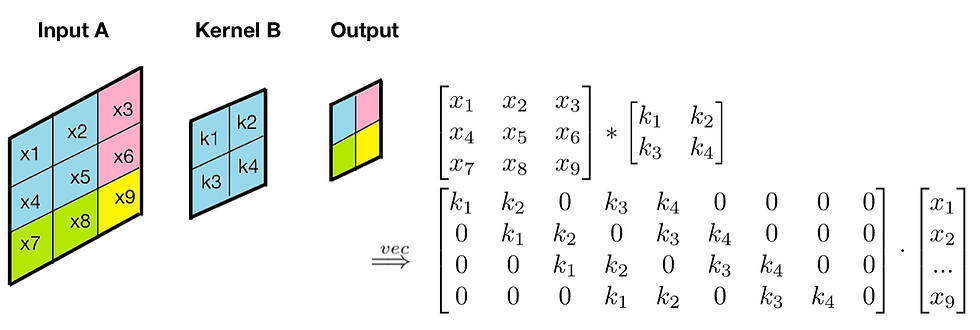Design of AI Trojans for Evading Machine Learning-based Detection of Hardware Trojans
- Jaden Pan

- Dec 13, 2020
- 1 min read
Updated: May 20, 2022
The globalized semiconductor supply chain signif-
icantlyincreasestheriskofexposingSystem-on-Chip(SoC)
designs to malicious implants, popularly known as hardware
Trojans. Traditional simulation-based validation is unsuitable for
detection of carefully-crafted hardware Trojans with extremely
rare trigger conditions. While machine learning (ML) based
Trojan detection approaches are promising due to their scalability
as well as detection accuracy, ML-based methods themselves
are vulnerable from Trojan attacks. In this paper, we propose
a robust backdoor attack on ML-based Trojan detection algo-
rithms to demonstrate this serious vulnerability. The proposed
frameworkisabletodesignanAITrojanandimplantit
inside the ML model that can be triggered by specific inputs.
Experimental results demonstrate that the proposed AI Trojans
can bypass state-of-the-art defense algorithms. Moreover, our
approach provides a fast and cost-effective solution in achieving
100% attack success rate that significantly outperforms state-of-
the art approaches based on adversarial attacks.

https://www.cise.ufl.edu/research/cad/Publications/date22ai.pdf




Comments